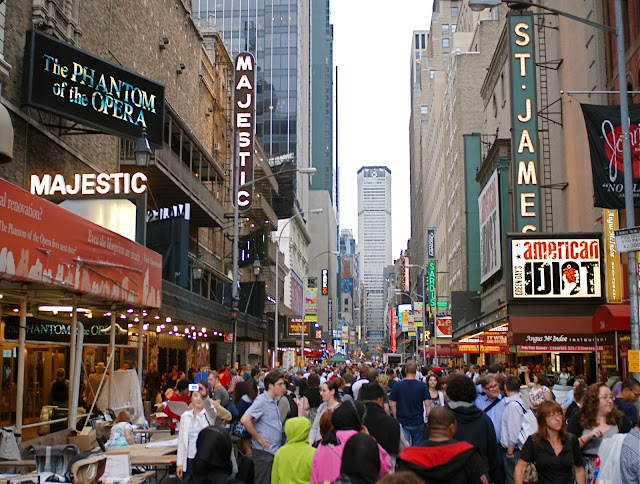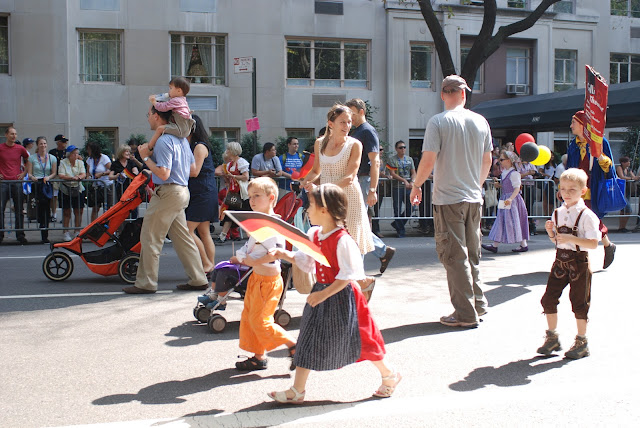I-Candy by Kashfia Mariam
Garment description & inspiration: The girly girl gets all the attention! This dress is fresh, vibrant, and fabulously feminine, inspired by classic floral prints and the storied extravagance of Marie Antoinette. Atop a bouquet of fragrant flowers created by swirls of sour belts and jellybeans as gems, the licorice bodice is woven to mimic a basket. Inspired by florists in the sweet summertime, I-Candy is sure to catch the crowd’s attention.Candy used: Sour belts strawberry-banana, Sour belts apple, Black licorice wheels, Tutti frutti jelly beans red jelly beans
Jawbreaker by Jaime Barker
Garment description & inspiration: A total jaw-dropper! This garment is inspired by crystallization and rock formation, with many candy elements broken to create an ideal silhouette marked by sharp texture and edgy volume. The collar is made from different lengths and flavors of candy cane sticks bursting out from the shoulder and hugging the neck. The bodice is made of crushed candy sticks, crushed super jawbreakers and assorted rock candy. Jawbreaker is sure to crush the competition!Candy used: Large jaw breakers, Medium jaw breakers, Small jaw breakers, Assorted candy circus sticks
Fashion Fringe by Eduardo Calvo
Garment description & inspiration: Fashion Fringe is inspired by the futuristic silhouettes introduced by Cardin and Courrèges in the 1960s. Recalling the youth and energy of that dynamic decade, the design’s circular shape is layered with thousands of fringed sour belts. From a distance, vertical line work ornaments the dress but up close the careful observer is able to appreciate the intricacy of detail in the fringe. Fashion Fringe’s multi-hued palette complements its simple yet dramatic shapeCandy used: Assorted Sour Belts
Jolly Ranchero by Julie Tierney
Garment description & inspiration: A dynamic mingling of Poofy Pops and strawberry-banana sour belts, this garment’s inspiration ranges from sugar skulls to Día de los Muertos, from McQueen to Dior, from skateboard decks to vintage candy ads. The garment’s layers circle the body like different versions of the same story, told over and over again. Ranchero feels at once faraway and familiar, just like the legends of the American West that inspired it.Candy used: Poofy pop, Poofy rope, Strawberry-banana soup belts, Double bubble gumballs, Licorice black rope, Papa bubble pops
On display at Dylan's Candy Bar window are delectable dresses designed and created by students from the Savannah College of Art and Design. The sweet designs were created from Dylan's Candy Bar's tastiest and most colorful treats. Dylan's Candy Bar is a rainbow-striped, two-story confection founded by Dylan Lauren, daughter of fashion designer, Ralph Lauren. Lauren said that her goal was to "merge fashion, art and pop candy culture." The flagship store is located at 1011 Third Avenue at 60th Street.



















































